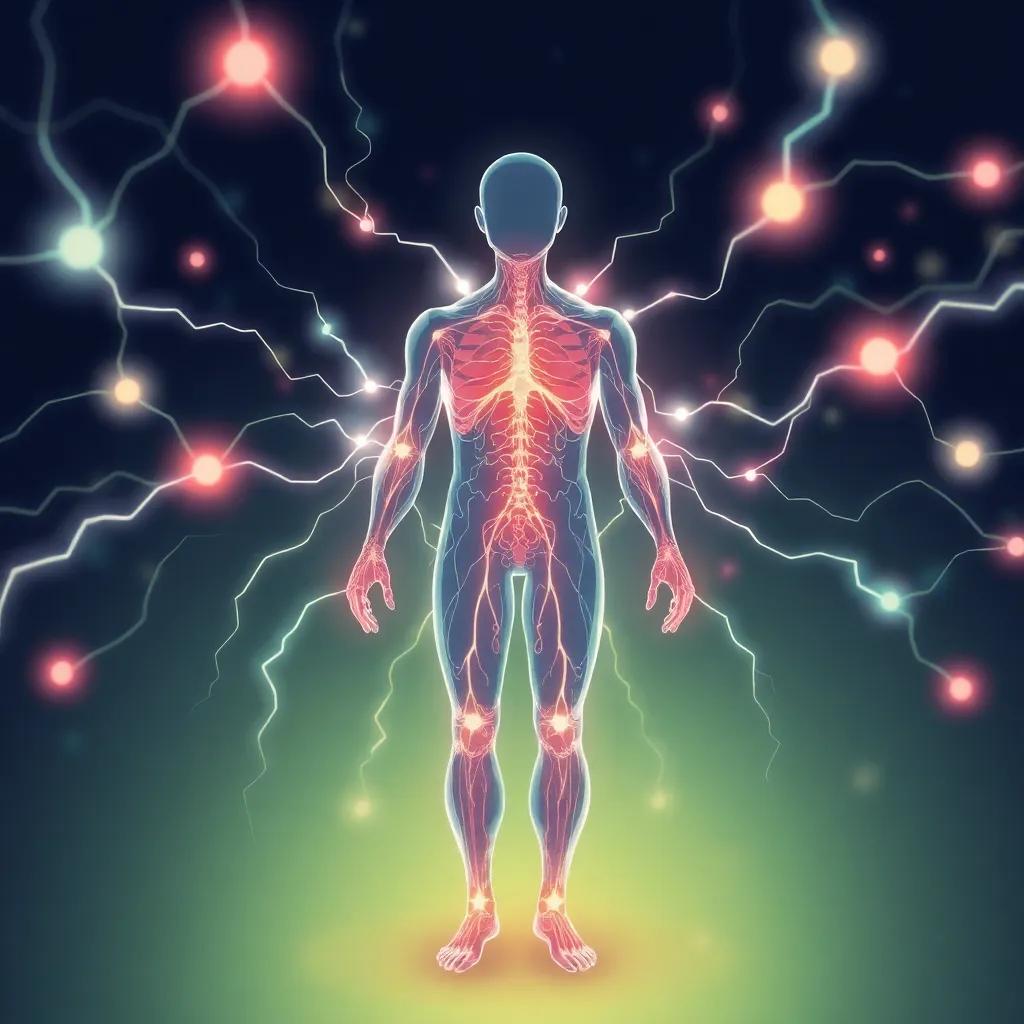Exploring the science and applications of bioelectric medicine, this article delves into how electrical signals can revolutionize healing, tissue regeneration, and disease treatment.
Bioelectric medicine harnesses the body’s natural electrical signals to promote healing and combat diseases, offering groundbreaking potential in healthcare.
Introduction to Bioelectric Medicine
Bioelectric medicine is an emerging field that leverages the body’s natural electrical signals to promote healing and combat diseases. This innovative approach is rooted in the understanding that electrical signals play a crucial role in cellular communication and tissue regeneration.
According to a study published in Nature
, bioelectric signals are essential for wound healing and tissue repair. The research highlights how manipulating these signals can accelerate healing processes and even regenerate damaged tissues.
The Science Behind Bioelectricity
At the core of bioelectric medicine are ion channels, which regulate the flow of ions across cell membranes, generating electrical signals. These signals facilitate communication between cells, influencing various physiological processes.
Dr. Michael Levin, a leading researcher in the field, stated in a press release, Bioelectricity is the language of cells. By understanding and manipulating this language, we can potentially control cell behavior and treat a wide range of diseases.
Applications in Chronic Wound Healing
Chronic wounds, such as diabetic ulcers, are a significant healthcare challenge. Bioelectric medicine offers promising solutions by enhancing the body’s natural healing mechanisms.
A clinical trial published in Science Translational Medicine
demonstrated that applying bioelectric stimulation to chronic wounds significantly improved healing rates. The study involved 100 patients and showed a 50% reduction in healing time compared to standard treatments.
Regenerative Medicine and Tissue Engineering
Bioelectric signals are also being explored for their potential in regenerative medicine. Researchers are investigating how these signals can be used to regenerate tissues and even organs.
In a groundbreaking study, scientists at the University of California, San Francisco, successfully used bioelectric signals to regenerate spinal cord tissue in animal models. The findings, published in Cell
, suggest that bioelectric medicine could revolutionize the treatment of spinal cord injuries.
Combating Cancer with Bioelectric Signals
Another exciting application of bioelectric medicine is in cancer treatment. Researchers are exploring how manipulating bioelectric signals can inhibit tumor growth and promote cancer cell death.
A study in Nature Communications
revealed that altering the bioelectric environment of cancer cells can disrupt their growth and induce apoptosis. This approach offers a novel way to target cancer without the side effects of traditional therapies.
Wearable Bioelectric Devices and Electroceuticals
The development of wearable bioelectric devices and electroceuticals is another area of significant progress. These devices deliver targeted electrical stimulation to specific areas of the body, offering non-invasive treatment options for various conditions.
Dr. Robert Kirsch, a bioengineer at Case Western Reserve University, commented in an interview, Wearable bioelectric devices have the potential to transform how we manage chronic conditions, providing continuous, personalized treatment without the need for drugs.
Future Directions and Challenges
While the potential of bioelectric medicine is immense, there are challenges to overcome. These include understanding the complex bioelectric networks in the body and developing safe, effective devices for clinical use.
Despite these challenges, the field is rapidly advancing, with ongoing research and clinical trials paving the way for new treatments. As Dr. Levin noted, We are just beginning to scratch the surface of what bioelectric medicine can achieve. The future holds incredible possibilities.




